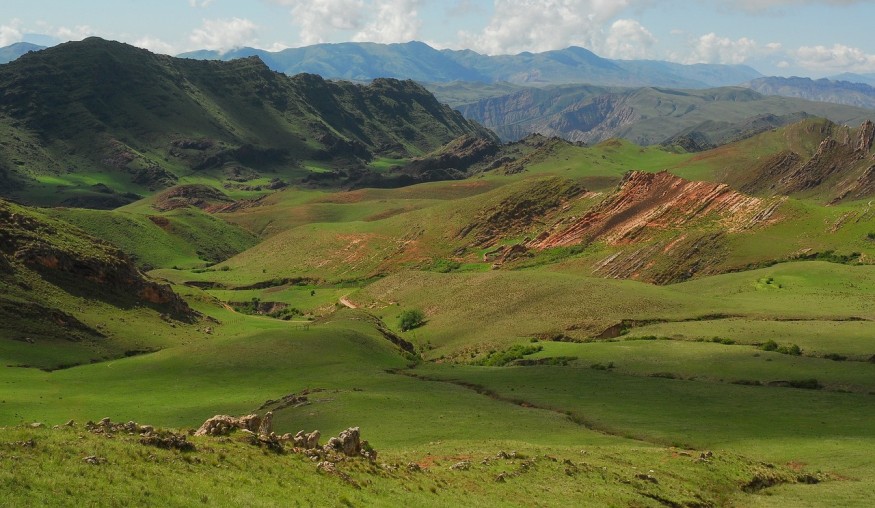Climate change has been a natural phenomenon for thousands and millions of years on Earth, long before anthropogenic factors such as greenhouse gas emissions and fossil fuel burning that we see today even existed.
Marked by extreme weather events, including drought, the changing climate found in ancient human history was linked to the downfall of some early civilizations, based on previous studies.
While some historians linked the end of an ancient civilization to colonization, some scientists argue it was the depletion of natural resources and the death of inhabitants that caused such destruction.
For instance, the Ancestral Pueblo, located in the Colorado Plateau region, is one of the several ancient civilizations annihilated by climate change.
Moreover, climate-related factors were also linked to the mysterious disappearance of some ancient human societies. This is in addition to evidence of social and political struggles, as well as epidemics and war, that a particular society went through during its time. Despite the evidence, the exact events that led to their end may not be fully portrayed.
One of the latest pieces of evidence of such a link between climate and ancient human civilization is a new study published earlier in June. The research shows that climate change intensified violence in the southern-central regions of the Andean highlands from the years 470 to 1540. Scientists involved in the study pointed that the cause of violence is competition between limited natural resources amid a drought.
Ancient Andean Society Violence

Researchers from the University of California, Davis found a pattern of heightened violence in ancient Andean societies, located in South America, during the said period. This social phenomenon coincided with the rise of overall temperature that led to droughts and the collapse of the first Andean states, as cited by the website ZME Science.
The study was published in the journal Quaternary Research on June 5, wherein researchers compared incidents of skeletal trauma from approximately 3,000 skeletal fractures in 58 archaeological sites across the region in what is now modern-day Chile, Bolivia, and Peru.
The new research only confirms previous studies' linkage between climate change and violent behavior, wherein high temperatures cause the brain to transfer resources throughout the body for it to cool down.
Climate Change Impact
Scientific literature of today based on climate models show that extreme weather events either emerge or intensify due to the current climate emergency. Although its impact mainly affects the environment, along with natural habitats, natural disasters triggered by climate change can affect a society even in contemporary times.
According to the Natural Resources Defense Council, climate change is Earth's "greatest existential threat," especially if we ignore the current rate of greenhouse gas emissions and burning of fossil fuels. If such emissions continue, global warming could lead to massive crop losses and collapse of fishery, as well as the disappearance of species and inhabitable communities.
Related Article: Mystery Collapse of Ancient Tibetan Civilization Solved
© 2025 NatureWorldNews.com All rights reserved. Do not reproduce without permission.





